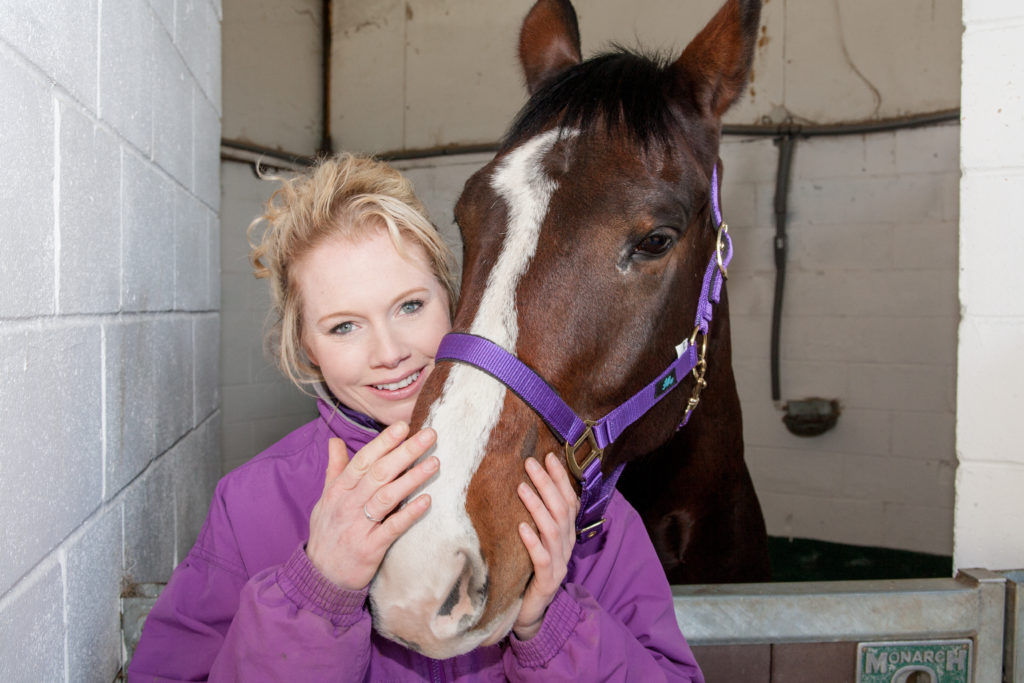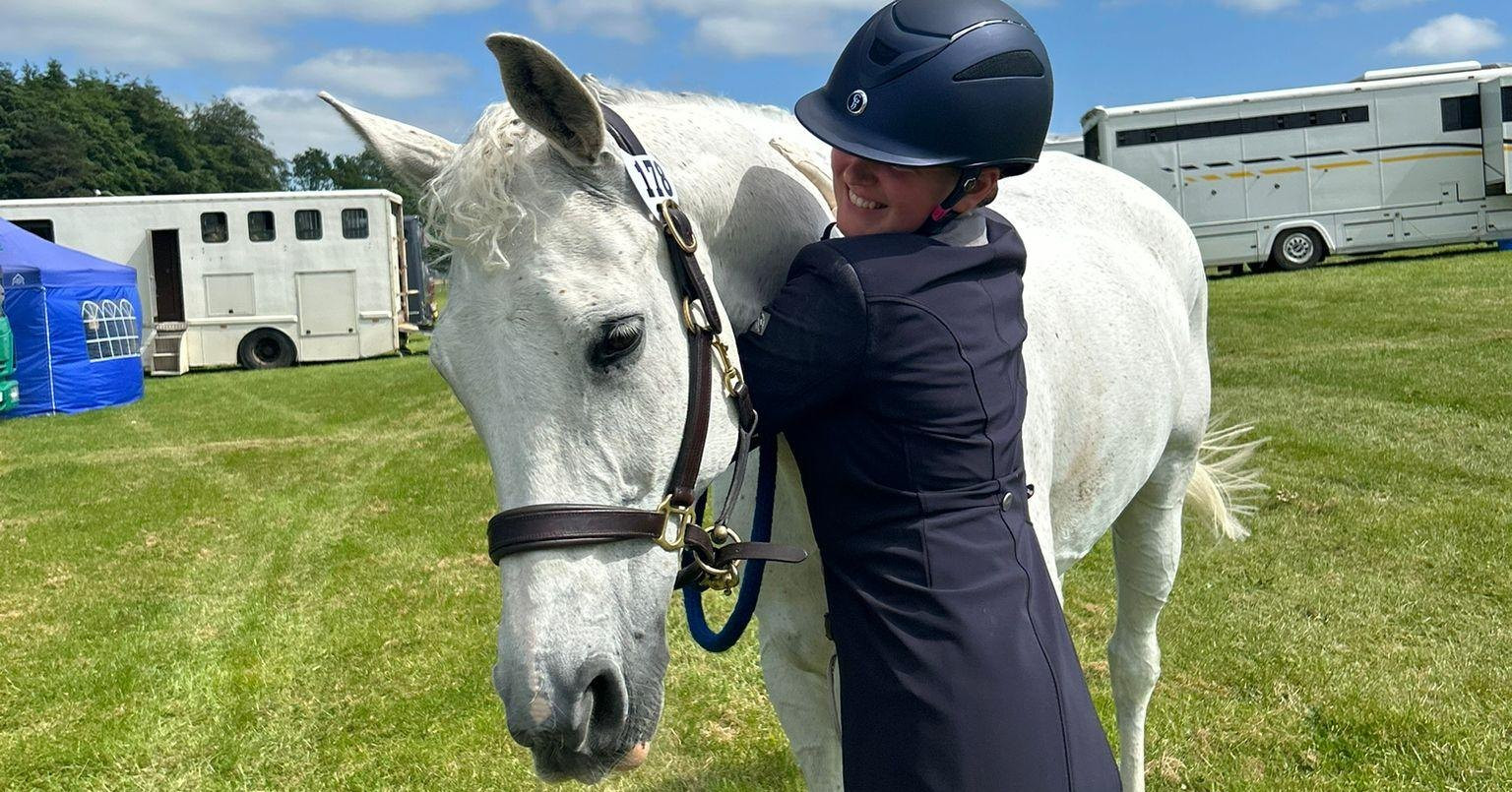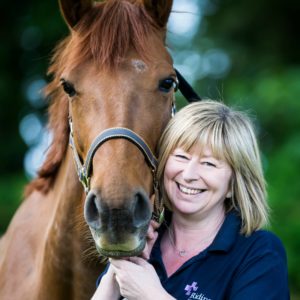
Melanomas are skin tumours that predominantly affect grey horses. Approximately 80% of grey horses will develop at least one melanoma in their lifetime so it is part of the course of owning a grey. Here we discuss what these tumours are, how they may develop and how to make decisions as an owner about what to do if your horse has them.
What are melanomas?
Melanomas are a type of skin tumour mostly seen in grey (and white skinned) horses. Approximately 80% of grey horses will develop melanomas and they are more common as the horse ages, often starting to appear around the age of 6/7 years old.
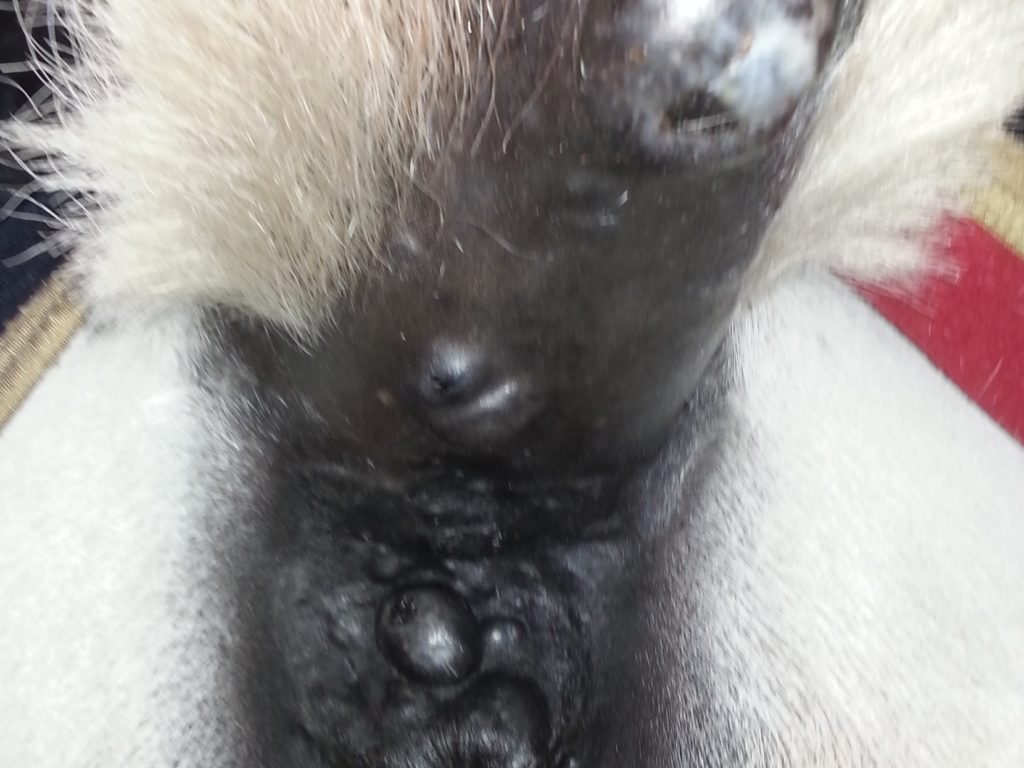
Melanomas start in the skin - they affect melanocyte cells present in the skin (and also eyes) of our grey friends. The worry with melanomas is that they have the potential to become malignant and spread to internal organs of the body and some studies have shown that 66% of melanoma will do this. Our problem is we have no way of knowing whether the benign looking little pea shaped lump on a horse's skin may then metastasise.
Melanomas usually start as small round lumps or nodules in the skin, most commonly found underneath the tail, around the lips, eyes, reproductive organs or anywhere in the skin of the horse. Often these tumours will stay small for many years and cause no clinical problems to the horse, lulling owners into a false sense of security. Lesions are capable of enlarging very rapidly and in areas where there is a cluster of tumours they can coalesce and form huge areas of tumours. The most common place this occurs is under the tail which can cause real problems for the horse going to the toilet. These tumours have often grown so rapidly that the skin across the surface splits and they become ulcerated and ooze black tar like discharge. Secondary infections are common and the flies obviously love to feast on these areas.
Melanomas usually start as small round lumps or nodules in the skin, most commonly found underneath the tail, around the lips, eyes, reproductive organs or anywhere in the skin of the horse. Often these tumours will stay small for many years and cause no clinical problems to the horse, lulling owners into a false sense of security. Lesions are capable of enlarging very rapidly and in areas where there is a cluster of tumours they can coalesce and form huge areas of tumours. The most common place this occurs is under the tail which can cause real problems for the horse going to the toilet. These tumours have often grown so rapidly that the skin across the surface splits and they become ulcerated and ooze black tar like discharge. Secondary infections are common and the flies obviously love to feast on these areas.
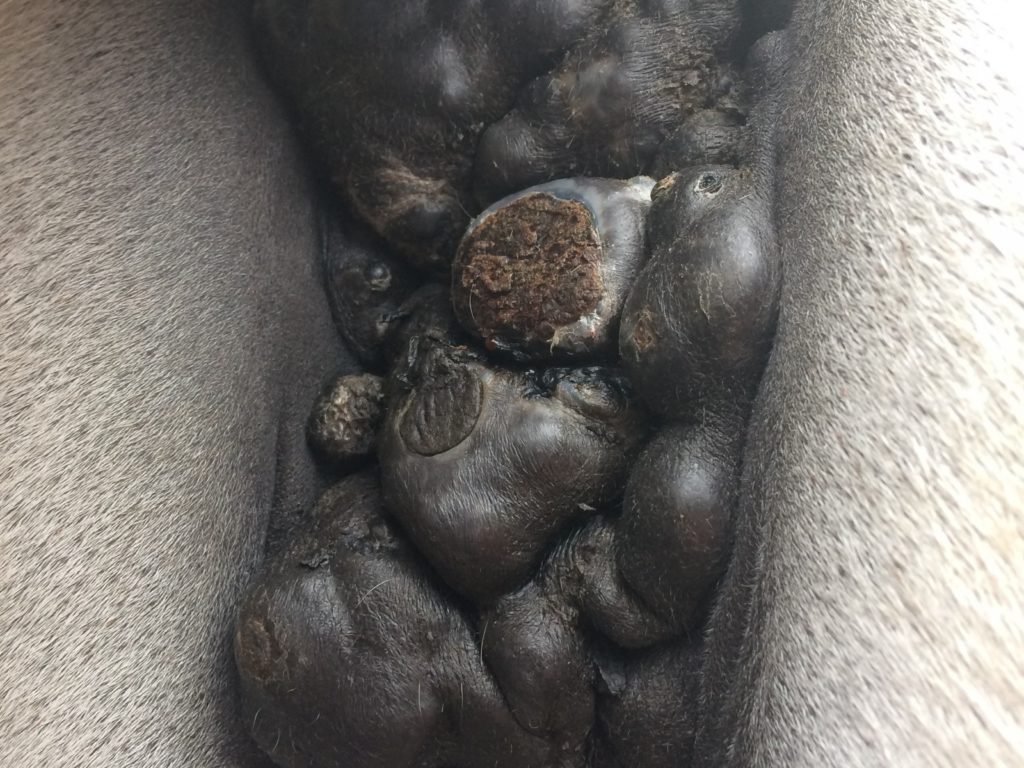
Once the tumour metastases it spreads to the internal organs. Externally we can see masses develop in the parotid lymph nodes and salivary glands around the throat. In some cases these melanoma can grow so big they interfere with the horses ability to breath, eat and swallow.
Other metastases can spread internally to the organs; spleen, liver, heart, spinal cord, lungs and abdomen. These are very difficult to diagnose but have been found during surgery for a horse presenting with colic. The internal melanoma are almost always malignant and grow very rapidly. The symptoms shown and type of disease will be dependant on the location but they can almost always result in death of the horse and a common cause of euthanasia in old grey horses.
Whilst a number of treatment options have been trialled for melanoma there is no effective cure. Once melanomas are in an advanced state then treatment is aimed at managing the tumours which will be dependant on location and size. Surgery via laser to 'debulk' large tumours is often carried out but it is important to note this only buys time and these tumours almost always come back.
There is a vaccination available that has been shown to reduce the size of the tumours which can be beneficial for cases where the tumours are causing a physical problem such as around the throat or under the tail. It requires multiple doses over time and is expensive.
By far the best way to reduce the chances of your horse having problems with melanomas in later life to remove the small tiny nodules in the skin as soon as you notice them. These small lumps are very easy and straight forward to remove, often do not even involve a stitch and the horses rarely need time off work. Contrast with the eventual outcome of benign neglect where the horse's become very difficult to manage and many succumb to malignant tumours.
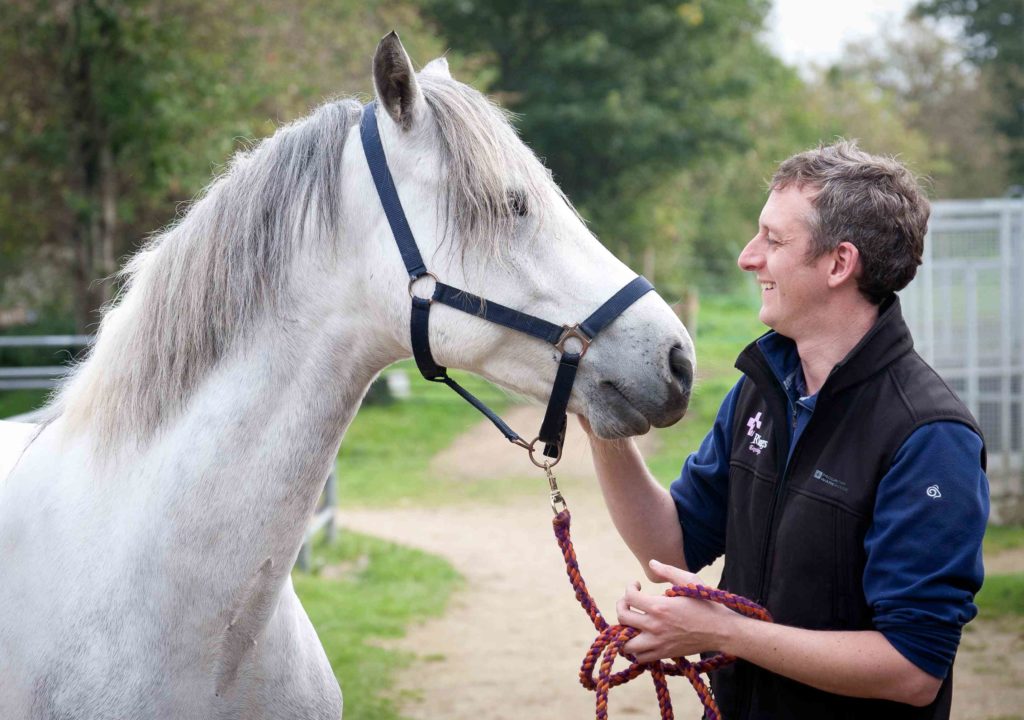
By removing small tumours we reduce the risk of the tumour becoming malignant and spreading internally. Melanomas rarely come back when they are fully excised when small - but of course the horse may develop more at other sites. But we have much more chance to control the disease and your horse to live a much happier life.
My recommendation is that all clients of grey horses are aware of the risks of melanoma and ensure to remain vigilant for any appearing on their horse. Having an annual check with your vet is a great idea and can coincide with vaccinations.
Please do not hesitate to get in touch with any of the team if you are concerned about melanomas.
Jenny x
